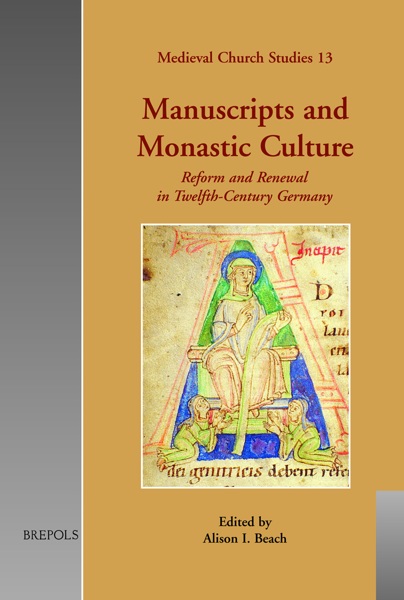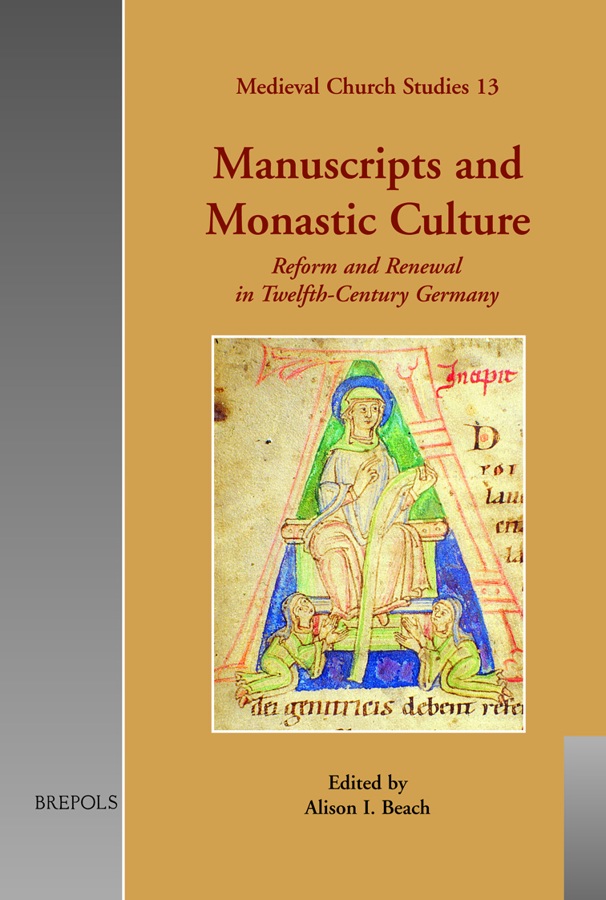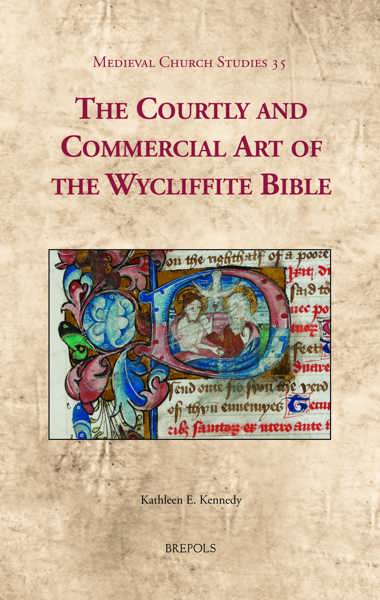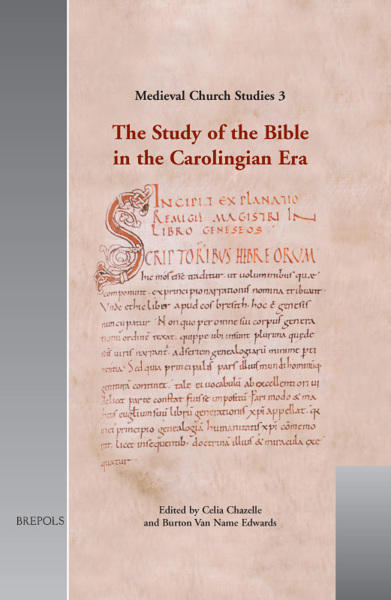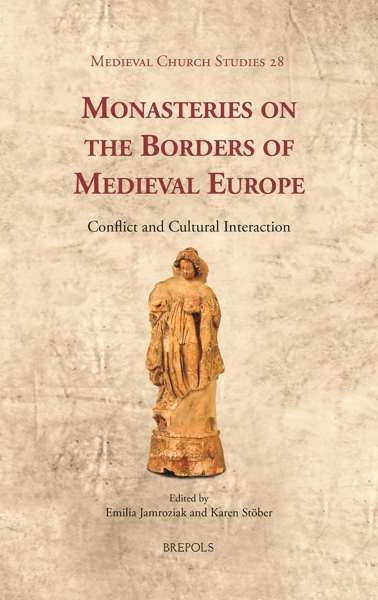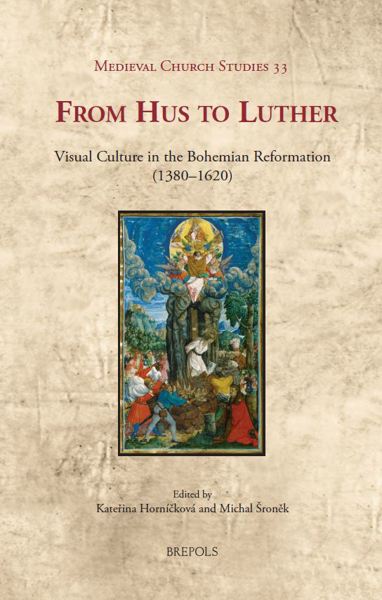
- Pages: 347 p.
- Size:160 x 240 mm
- Illustrations:21 b/w
- Language(s):English
- Publication Year:2007
- € 70,00 EXCL. VAT RETAIL PRICE
- ISBN: 978-2-503-51528-1
- Hardback
- Available
- € 70,00 EXCL. VAT RETAIL PRICE
- ISBN: 978-2-503-53809-9
- E-book
- Available
"Taken as a whole, Manuscripts and Monastic Culture is a significant collection. Not only do the essays offer a welcome corrective to the view that medieval Germany was intellectualy backward but also, by incorporating methodologies drawn from art history, paleography, codicology, gender studies, and intellectual history, they afford new insights into questions of central importance to medieval scholarship broadly conceived. The volume will be relevant to students and scholars from a wide range of interests, who will find much of value, as well as exciting directions for further research." (F. Griffiths, in The Catholic Historical Review, July 2008, p. 557)
"The combination of different academic disciplines and the range of close research makes this collection compelling evidence of both the wealth of material available in German collections and also of the welcome complexities that such scholarship introduces to our understanding of the twelfth century." (J. Collard, in Parergon 25.1, 2008, p. 195)
"The important collection of essays presented in this volume derives from solid research based on contemporary medieval manuscripts. The authors bring fresh insights to the history of the reception of religious literature, the transmission of reform ideas, and the exchange of cultural and educational programs between monastic communities." (Patrizia Carmassi, in Manuscripta 55.1, 2011, p. 129)
Each of the studies in this volume draws upon a manuscript, or a group of manuscripts, that shed light on the practice of monastic life during this period of reform. Many, but not all, of the papers focus on the monastery of Admont in central Austria. Admont was one of the most important spiritual, cultural, and intellectual centres in the high Middle Ages, and its magnificent library still houses an extensive collection of manuscripts - a rich resource both for the history of the monastery and for the broader history of medieval religious life. The book brings together the work of an international group of scholars whose work touches on various aspects of twelfth-century Admont, and the broader movement for reform and renewal in Germany and Austria.
With the publication of Charles Homer Haskin's important work, The Renaissance of the Twelfth Century (1933), came a new way of looking at the civilization of the high Middle Ages. Scholars have since investigated many aspects of this revival: the rise of the universities, the development of canon law, the emergence (or re-emergence) of a heightened sense of human individuality, and the revival of religious fervour that has been labelled a reformation before the Reformation. Much of this scholarly work has focused on north-central Italy, France and England. Germany, however, has been little studied in this context, in part because the nature and trajectory of the reform there differed from that seen elsewhere in Europe. The essays in the book both explore connections between Germanic lands and the wider western European context, and consider the unique spiritual and intellectual climate of Germany's monasteries.
